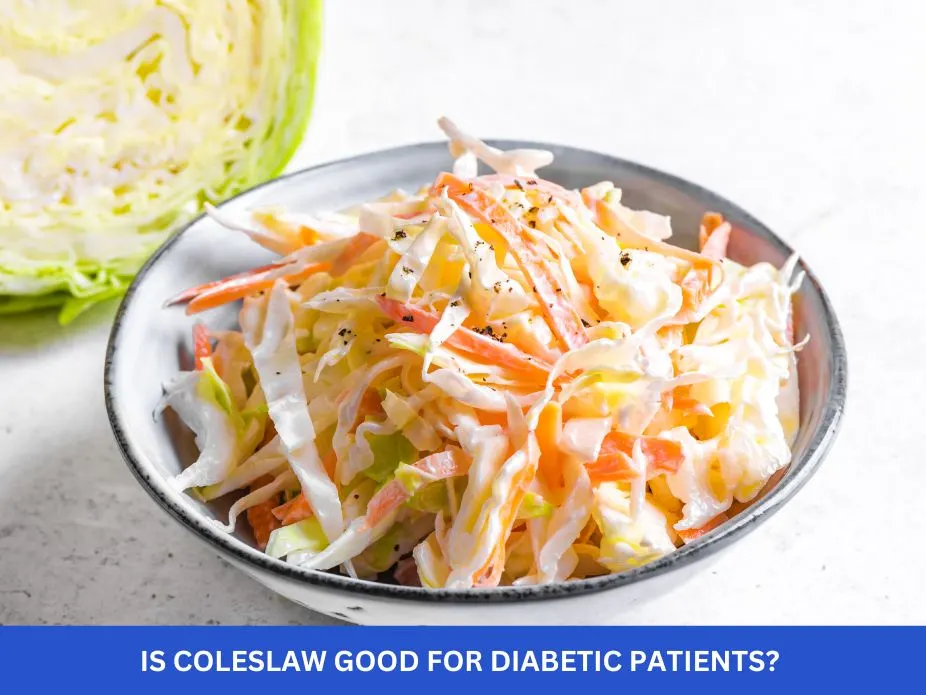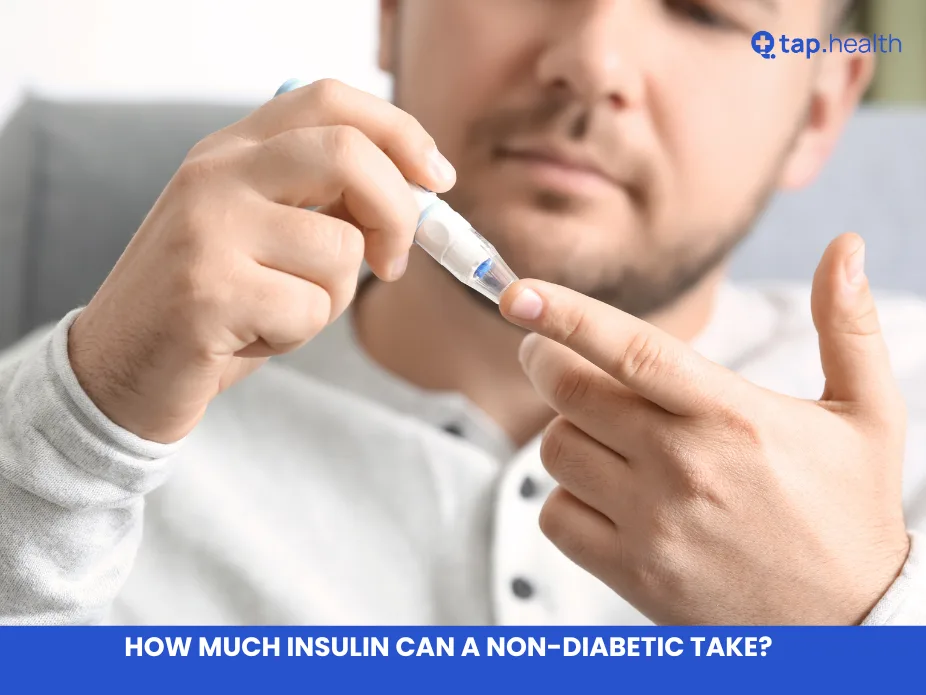Olive oil is a popular cooking oil and a staple in many kitchens around the world. Known for its health benefits, particularly in Mediterranean diets, olive oil is often used in salads, cooking, frying, and as a topping. But if you’re trying to keep track of your calorie intake, you might be wondering: how many calories are in a teaspoon of olive oil?
In this article, we’ll break down the calorie content of a teaspoon of olive oil, explore its nutritional value, and discuss how it fits into your daily diet. We’ll also answer common questions and give you tips for using olive oil in a health-conscious way.
Olive Oil Nutritional Facts
Before we dive into the calorie count, let’s take a look at what’s inside olive oil. Olive oil is made by pressing whole olives, which is why it’s considered a “fruit juice” rather than a fat. It’s rich in healthy fats, antioxidants, and a variety of vitamins. Here’s a quick overview of the nutrients found in one teaspoon (about 4.5 grams) of olive oil:
- Calories: 40-45 calories
- Fat: 4.5g
- Saturated Fat: 0.6g
- Monounsaturated Fat: 3.2g
- Polyunsaturated Fat: 0.7g
- Cholesterol: 0mg
- Sodium: 0mg
- Carbohydrates: 0g
- Fiber: 0g
- Protein: 0g
- Vitamins & Minerals: Small amounts of vitamin E and K, as well as antioxidants like oleocanthal and oleuropein.
Caloric Content of Olive Oil
The number of calories in a teaspoon of olive oil is about 40-45 calories. This calorie content comes almost entirely from fat, which is why olive oil is considered a high-calorie food. Since fat provides 9 calories per gram, the 4.5 grams in a teaspoon of olive oil contribute approximately 40-45 calories.
Health Benefits of Olive Oil
Although olive oil is high in calories, it’s packed with health benefits, making it an excellent addition to a well-balanced diet. Here are some of the key health benefits:
1. Rich in Healthy Fats
Olive oil is predominantly made up of monounsaturated fats, which are considered heart-healthy fats. These fats can help reduce bad cholesterol (LDL) levels while increasing good cholesterol (HDL) in the body. Monounsaturated fats also support overall cardiovascular health.
2. Packed with Antioxidants
Extra virgin olive oil, in particular, is rich in antioxidants, such as vitamin E, oleocanthal, and oleuropein. These antioxidants help protect your cells from oxidative stress, reducing the risk of chronic diseases like heart disease, diabetes, and certain cancers.
3. Anti-inflammatory Properties
The oleocanthal in olive oil has anti-inflammatory properties, similar to those of ibuprofen, which may help reduce inflammation in the body. Regular consumption of olive oil may help reduce the risk of inflammatory diseases like arthritis.
4. Supports Brain Health
Studies suggest that the antioxidants in olive oil may help protect against age-related cognitive decline and improve brain function. Some research even suggests that olive oil can lower the risk of Alzheimer’s disease.
5. Helps with Weight Management
While olive oil is calorie-dense, it’s also satiating, meaning it can help you feel fuller for longer. When used in moderation, olive oil can be part of a weight management plan, as it’s less likely to cause overeating compared to other types of fats.
How to Use Olive Oil Without Overdoing Calories
Since olive oil is high in calories, it’s essential to use it mindfully, especially if you’re counting calories or trying to lose weight. Here are some tips to incorporate olive oil into your diet without going overboard:
1. Use a Measuring Spoon
It’s easy to pour more olive oil than you need, but using a measuring spoon ensures you’re using the right amount. A teaspoon of olive oil (about 40-45 calories) is typically enough for drizzling over a salad or cooking a small dish.
2. Spray Olive Oil
Instead of pouring olive oil directly from the bottle, consider using an olive oil spray. This way, you can control the amount you’re using while still benefiting from the flavor and health advantages of olive oil.
3. Mix with Other Oils
If you find yourself using a lot of olive oil in cooking, try mixing it with other oils, such as avocado oil or coconut oil. This can help reduce the overall calorie content of your dish while still providing healthy fats.
4. Incorporate Olive Oil into Dips and Sauces
Olive oil can add flavor and creaminess to dips, sauces, and dressings. Consider adding a tablespoon to your favorite hummus recipe or drizzle it over roasted vegetables. Just be mindful of portion sizes.
5. Pair with Whole Foods
Using olive oil to cook or dress whole foods like vegetables, grains, or lean proteins can help balance your meals and provide healthy fats without exceeding your calorie goals.
Healthier Alternatives to Olive Oil
While olive oil is a great option for cooking and drizzling over food, there are other oils and fats that offer similar benefits and can be used in place of olive oil in certain recipes. Here are a few alternatives to consider:
1. Avocado Oil
Like olive oil, avocado oil is high in monounsaturated fats and antioxidants. It has a higher smoke point than olive oil, making it a better choice for high-heat cooking like frying or grilling.
2. Coconut Oil
Coconut oil is high in saturated fats but can be beneficial in small amounts. It has a distinct flavor and is suitable for baking and certain types of cooking. However, it should be used sparingly due to its calorie content.
3. Flaxseed Oil
Flaxseed oil is another healthy oil rich in omega-3 fatty acids, which are essential for heart and brain health. It’s best used in cold dishes like salads or smoothies, as it’s not suitable for cooking at high temperatures.
4. Canola Oil
Canola oil is a neutral-flavored oil that’s low in saturated fat and high in monounsaturated fats. It’s versatile and can be used for cooking, frying, and baking.
FAQ on How Many Calories Are in a Tablespoon of Olive Oil?
How Many Calories Are in a Tablespoon of Olive Oil?
A tablespoon of olive oil contains about 120 calories. Since one tablespoon is three teaspoons, you can estimate the calorie content based on the teaspoon measurement we’ve discussed.
Is Olive Oil Healthier Than Vegetable Oil?
Yes, olive oil is generally considered healthier than vegetable oil because it’s rich in heart-healthy monounsaturated fats and antioxidants. Vegetable oil, on the other hand, may contain higher amounts of polyunsaturated fats and omega-6 fatty acids, which can contribute to inflammation when consumed in excess.
How Many Calories in Olive Oil Per 1/2 Teaspoon?
If a full teaspoon of olive oil contains around 40-45 calories, half a teaspoon will contain about 20-22 calories.
Can Olive Oil Help with Weight Loss?
While olive oil is calorie-dense, it can still be part of a weight loss diet when used in moderation. The healthy fats in olive oil are satiating, which may help reduce hunger and prevent overeating.
What’s the Best Olive Oil for Cooking?
Extra virgin olive oil is the best choice for most uses, as it’s the least processed and retains the most antioxidants. However, for high-heat cooking, you might want to use regular olive oil, which has a higher smoke point.
Final Thoughts
Olive oil is a highly nutritious oil that can enhance the flavor and health profile of your meals. While it’s calorie-dense, its numerous health benefits, including heart health, brain protection, and anti-inflammatory properties, make it a valuable addition to your diet. Just be mindful of your portion sizes, especially if you’re watching your calorie intake.
By using olive oil in moderation and pairing it with whole foods, you can enjoy its health benefits while maintaining a balanced diet. Whether you’re drizzling it over salads or cooking your favorite dishes, olive oil remains one of the best options for adding flavor and healthy fats to your meals.


